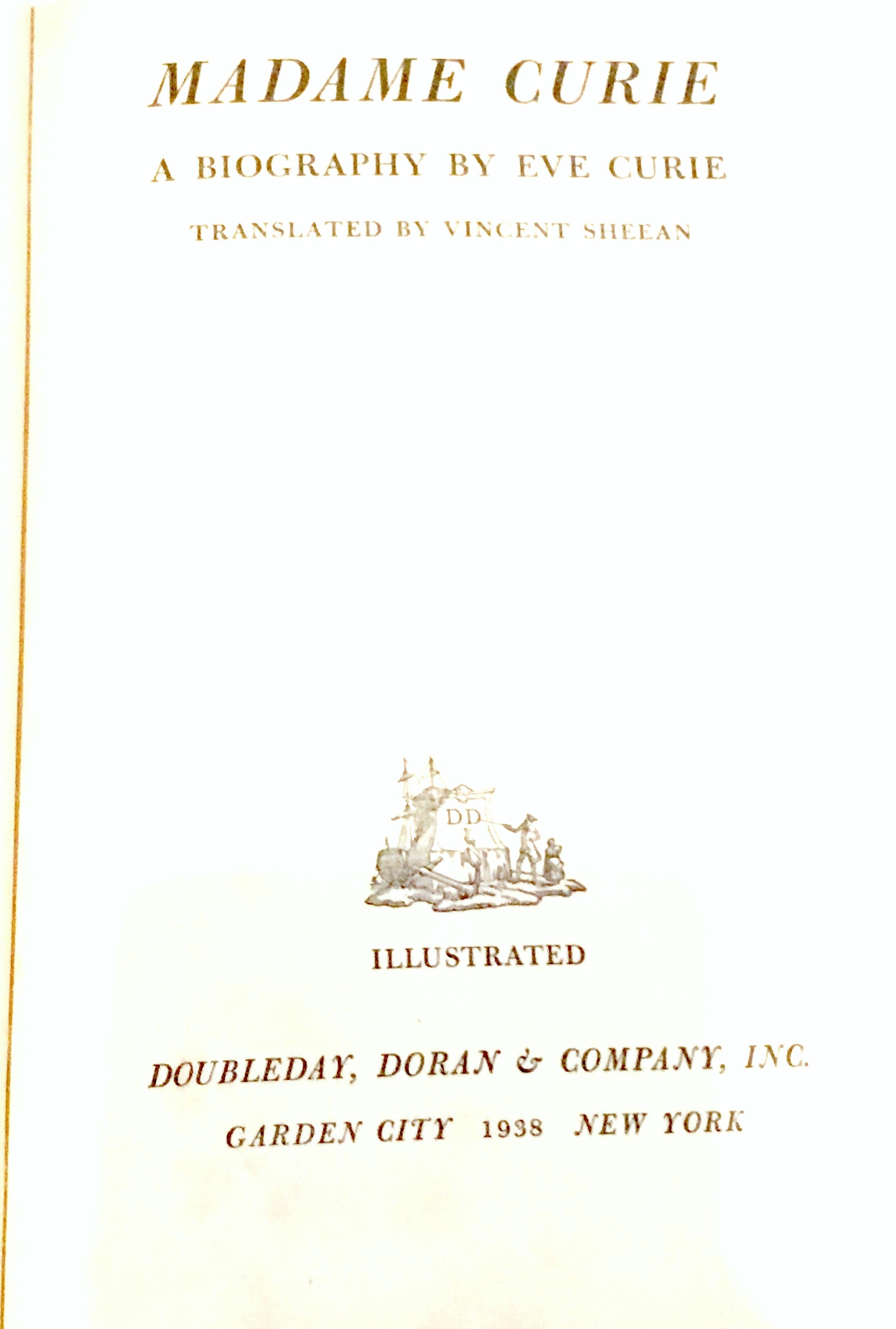
For the year 1942, she gives the reader the sense that the War is at a turning point. Curie has presented a whirlwind tour of a world in turmoil. In this unfolding chaos it is little short of amazing that any reporter is capable of traversing the globe and acquiring access to all the leading military and political leaders to learn of their plans and visions for the war itself and its hoped for aftermath and witness their actual efforts and those of their followers. For example, she expresses the difficulty in understanding the Indian self-absorption in independence and lack of concern in face of the encroaching Japanese-Axis threat. We also get a glimpse of the struggles between local concerns and global warfare on all fronts. Through the author's experiences, we read of the patriotism of the Free French, the exiled Poles, the British colonial hierarchy, the Russian Red Army, and the Chinese, both the leadership and the rank and file.

German forces are meeting stiff resistance in Russia and North Africa, though the Japanese are pushing through South Asia, threatening India. This comes just as the European powers and China are only just establishing their military infrastructure, through Africa and the Middle East and Russia, and the Far East. In the course of the book's unfolding, the United States enters the military phase after Pearl Harbor.

This presentation of the journalist's journey catches the world mired in war for just over two years.


 0 kommentar(er)
0 kommentar(er)
